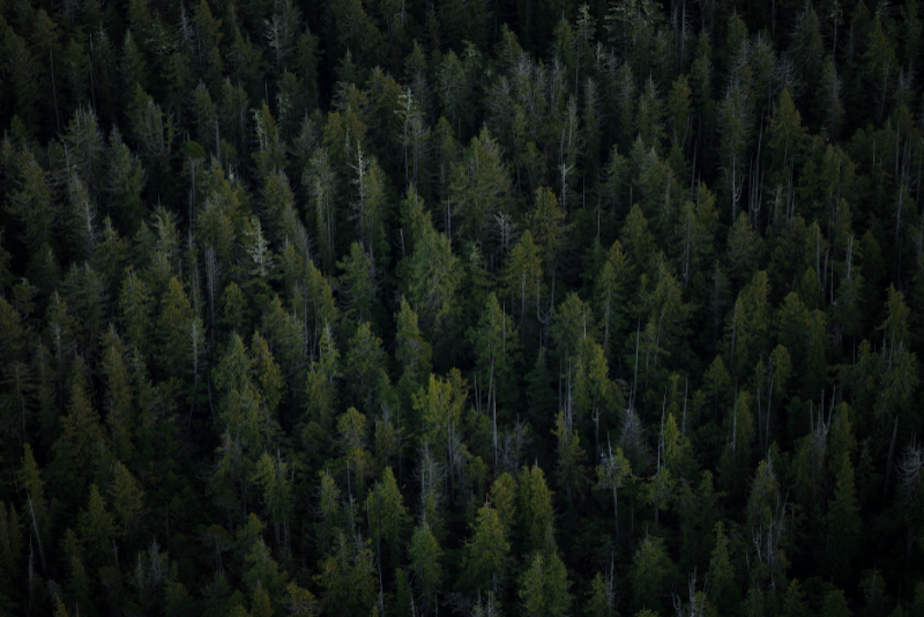Can conservation work in the face of climate change?

There are many ways to protect and conserve land here in Washington. Aside from our national and state parks and forests, we have wildlife refuges and conservation areas. Altogether those boundaries include millions of acres.
But as climate change brings more intense weather more regularly, researchers are looking for new approaches to protect our unique flora and fauna.
The Crowberry Bog, near the Hoh River in Jefferson County, looks like a field of mossy moguls.
"What stands out to me the most is the texture," said Crosscut environment reporter Hannah Weinberger. "There's short shrubs, intermingling with mounds of orange, red and green mosses."
This bog is a particular variety called a "plateau bog," or raised bog. It's the only one of its kind in Washington and likely south of British Columbia. It's a globally unique ecosystem, but there wasn't much known about Crowberry Bog until researcher Joe Rocchio stumbled upon the unique raised characteristics of the area while doing a routine survey in 2011.
"Imagine if you're Joe, thinking you'll never get to see a famously elusive band play because they never tour farther south than British Columbia," said Weinberger, "and then finding out they've been playing completely unattended house concerts for years a few hours from your house."
Rocchio manages the state's Natural Areas Program, which conserves and studies how ecosystems are changing when they are "undisturbed" by people or development.
Sponsored
But as climate change becomes a threat to both urban and natural ecosystems, researchers like Rocchio are rethinking how conservation needs to protect the diversity of local species. (The Natural Areas Program specifically targets native plants.)
The biggest change requires taking a more nuanced approach to conservation at large, from one that recognizes the diversity of local ecosystems instead of putting all our conservation eggs in one basket.
"We used look at a collection of wetlands with different hydrology or water sources and say, 'These are all wetlands, we should conserve one just in case in this specific program,'" explained Weinberger. "Now, we might look at them and call them distinct wetlands each worth saving, because some of them might disappear as the climate changes if they received their water differently."
You can read Weinberger's full story on natural heritage areas here.
Listen to Soundside's full conversation with Weinberger by clicking the audio above.





